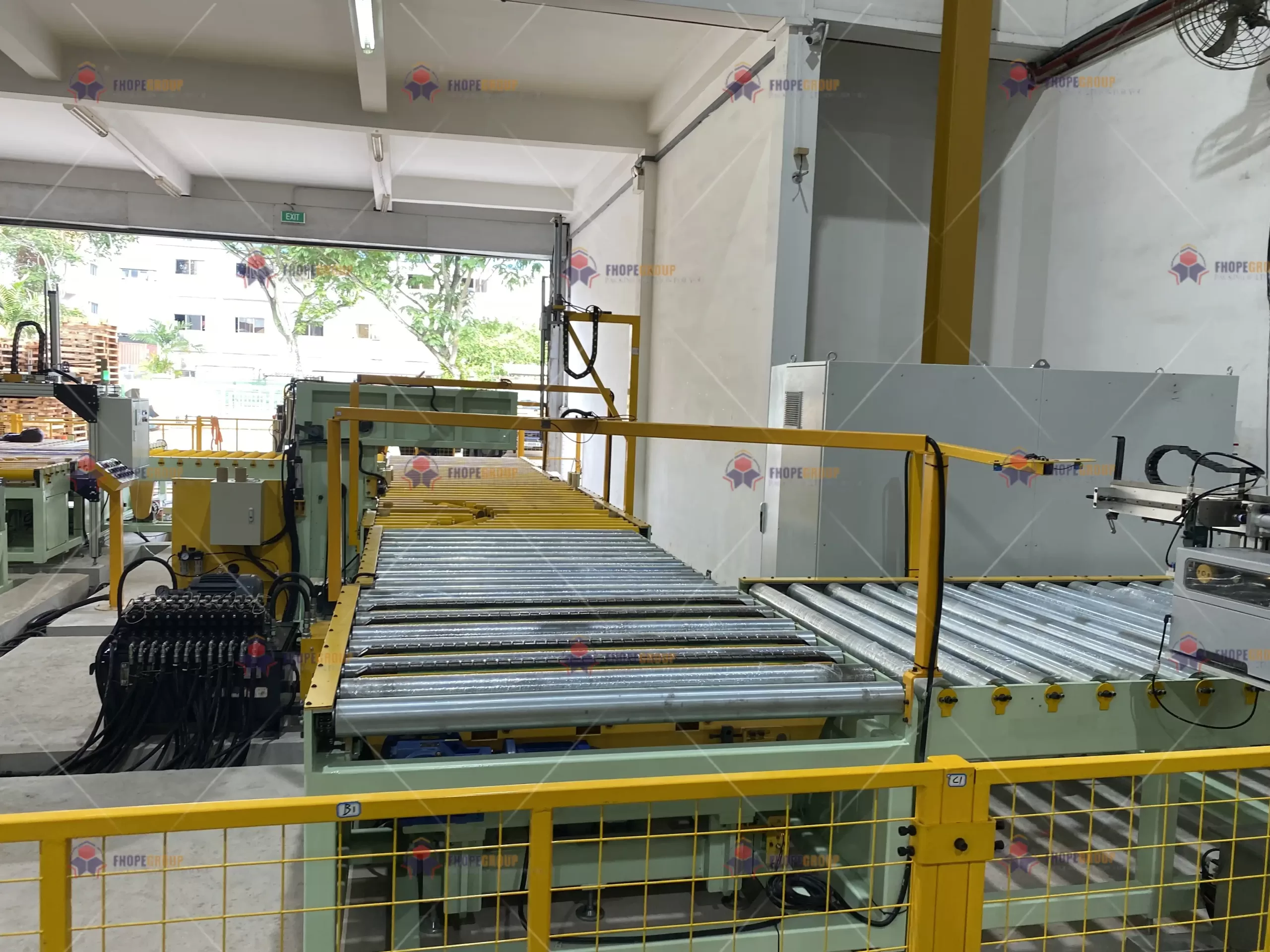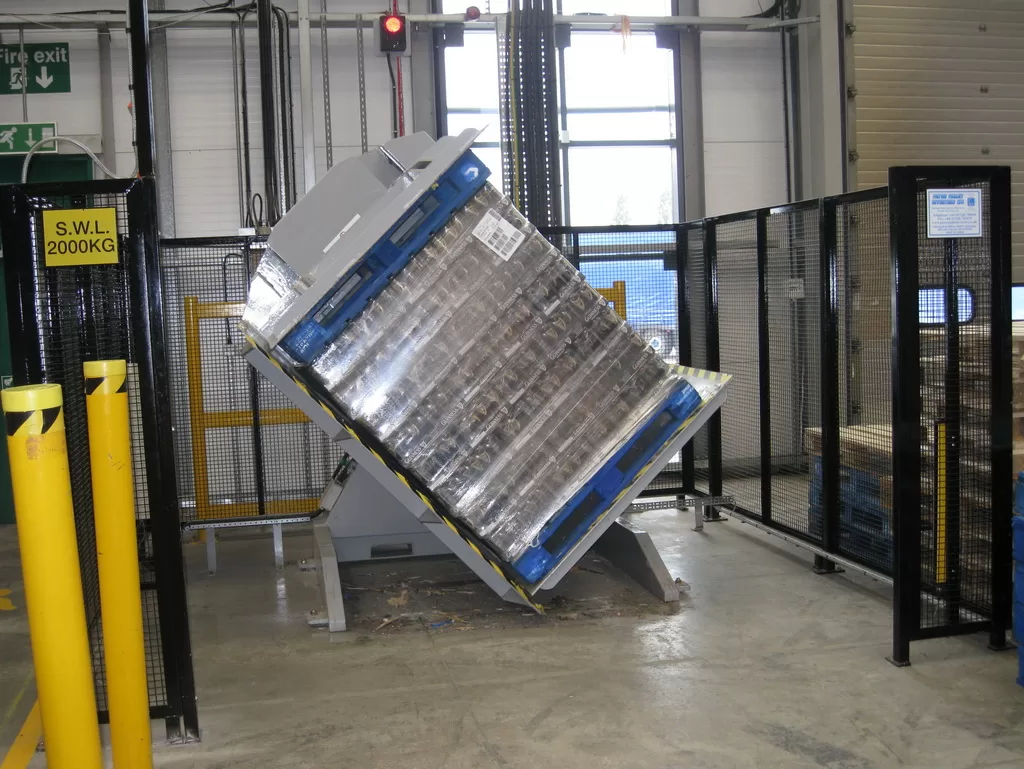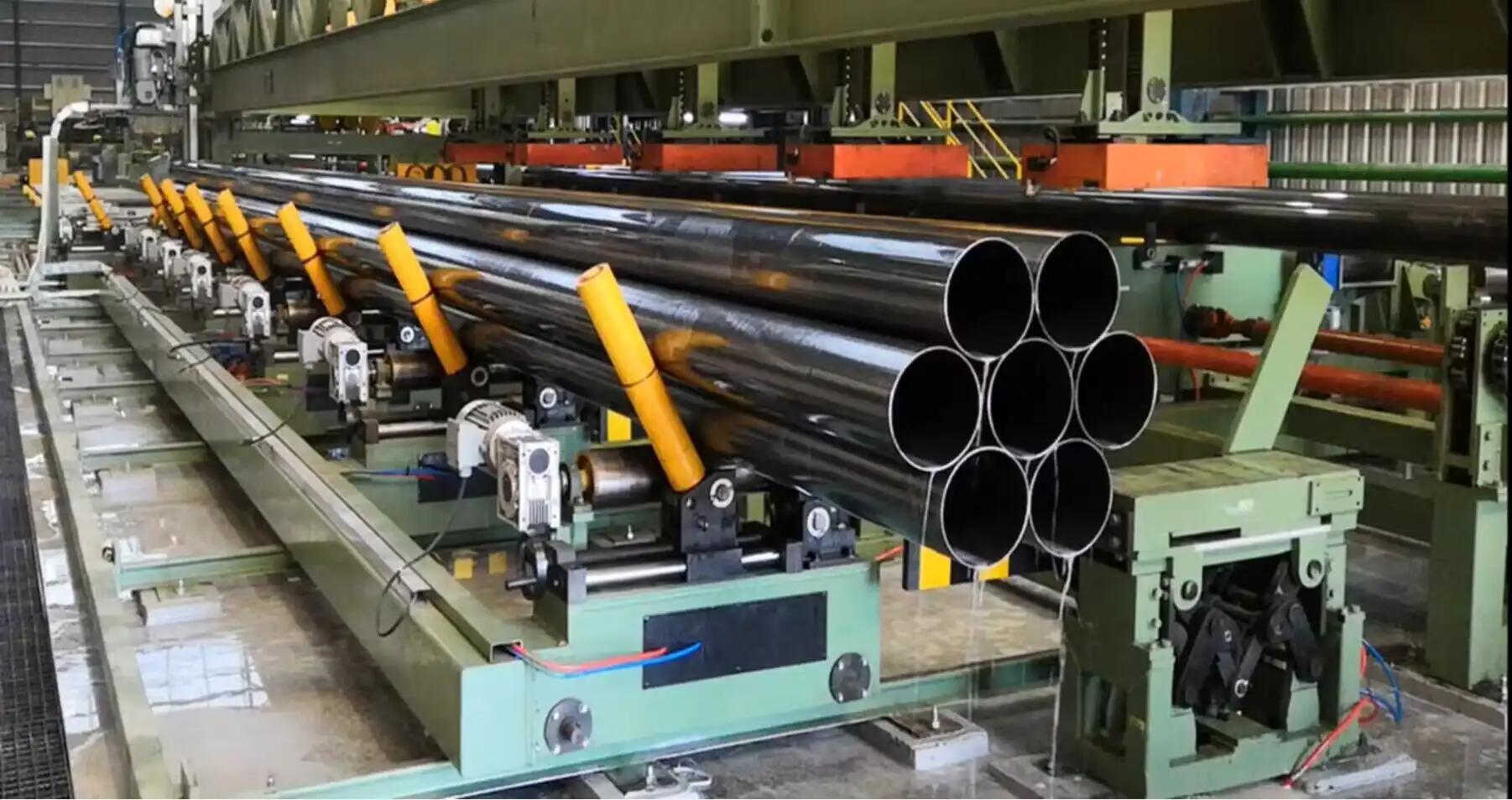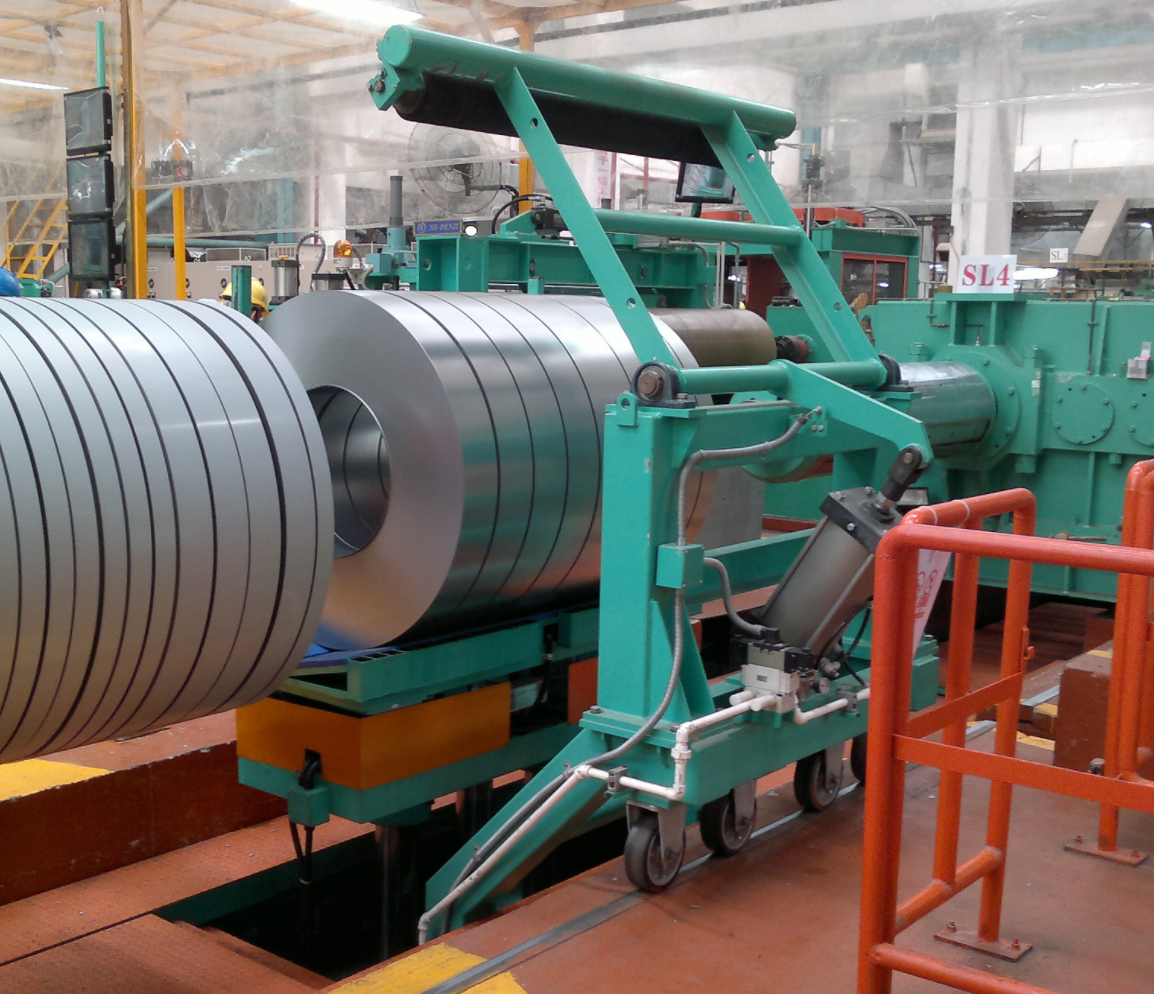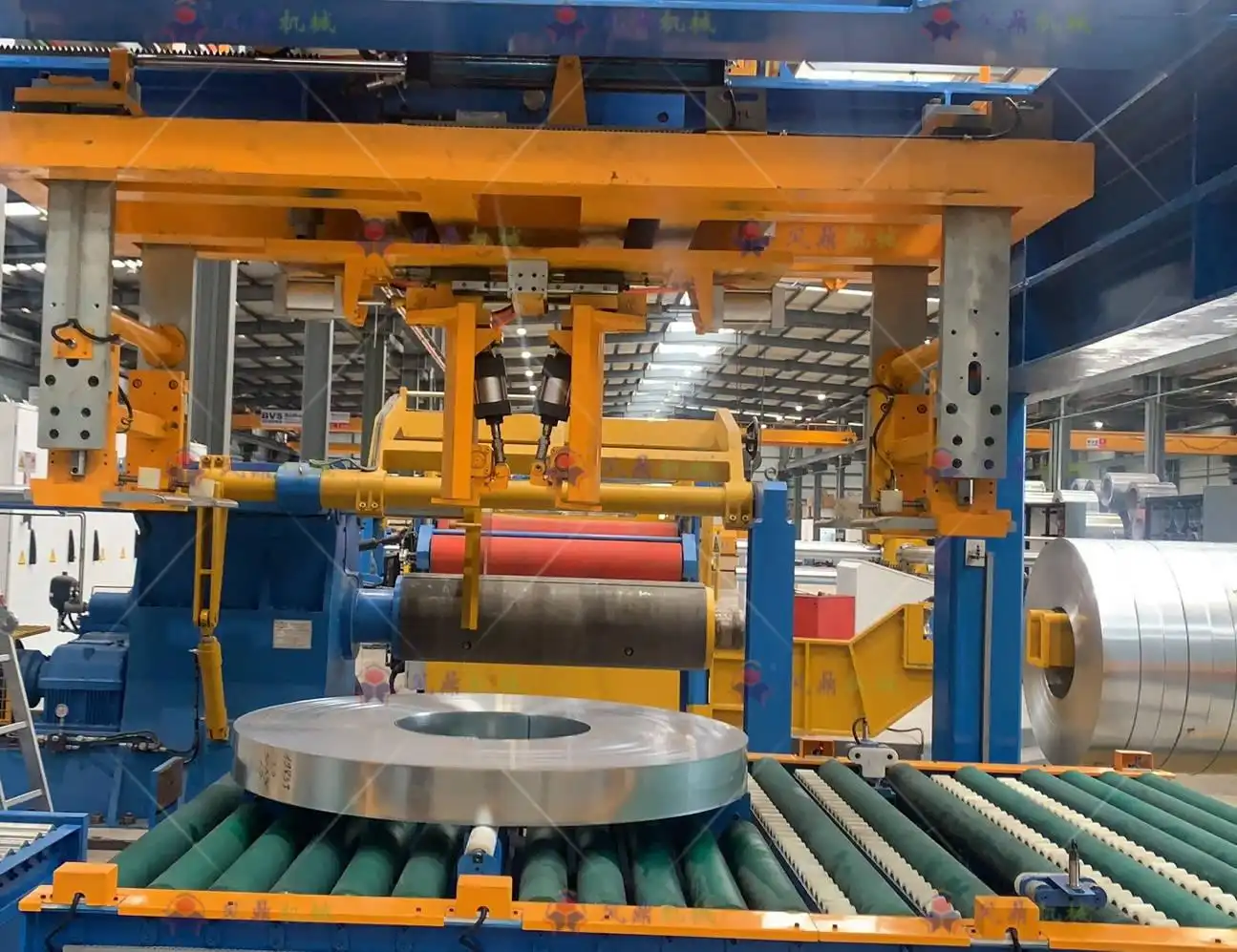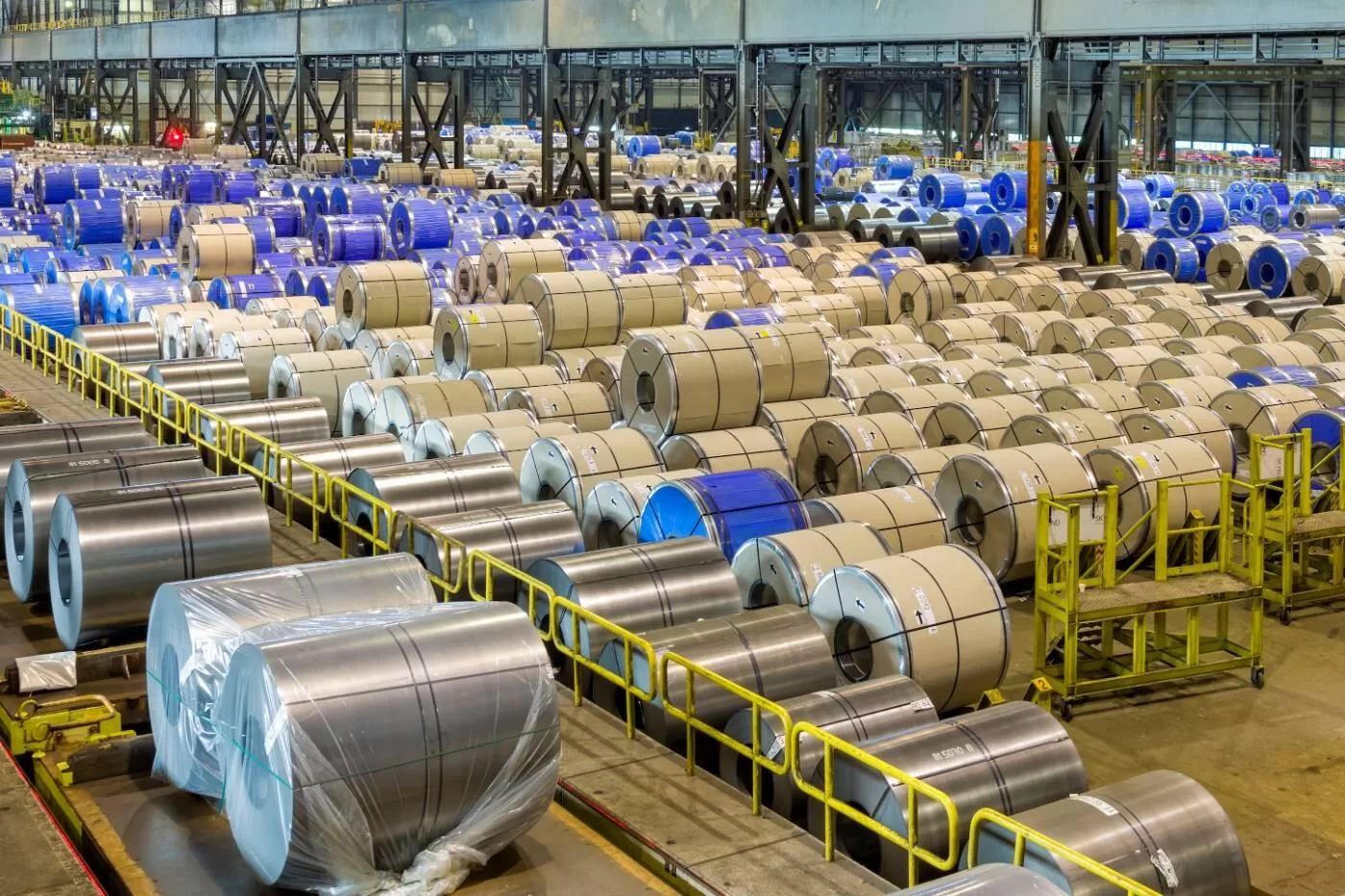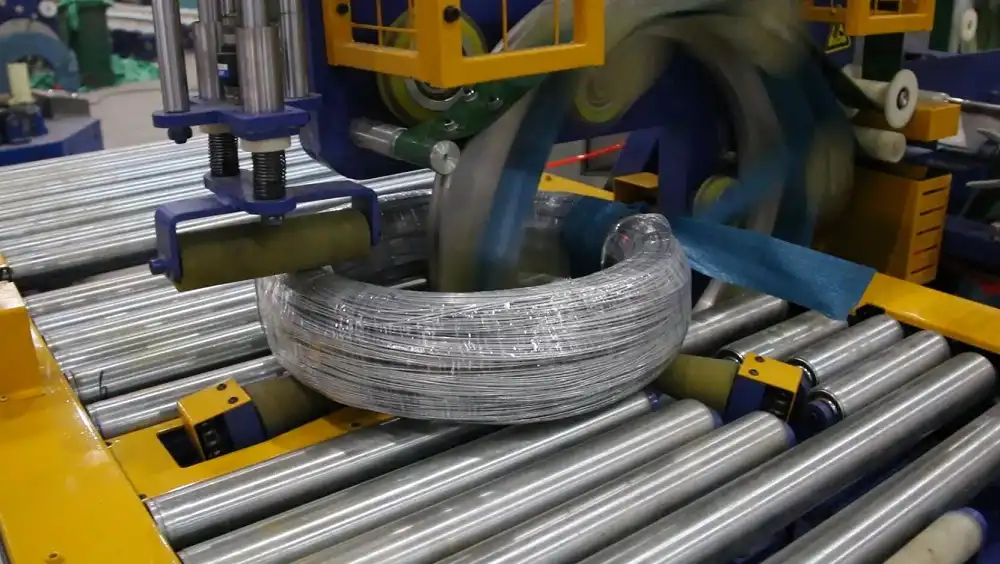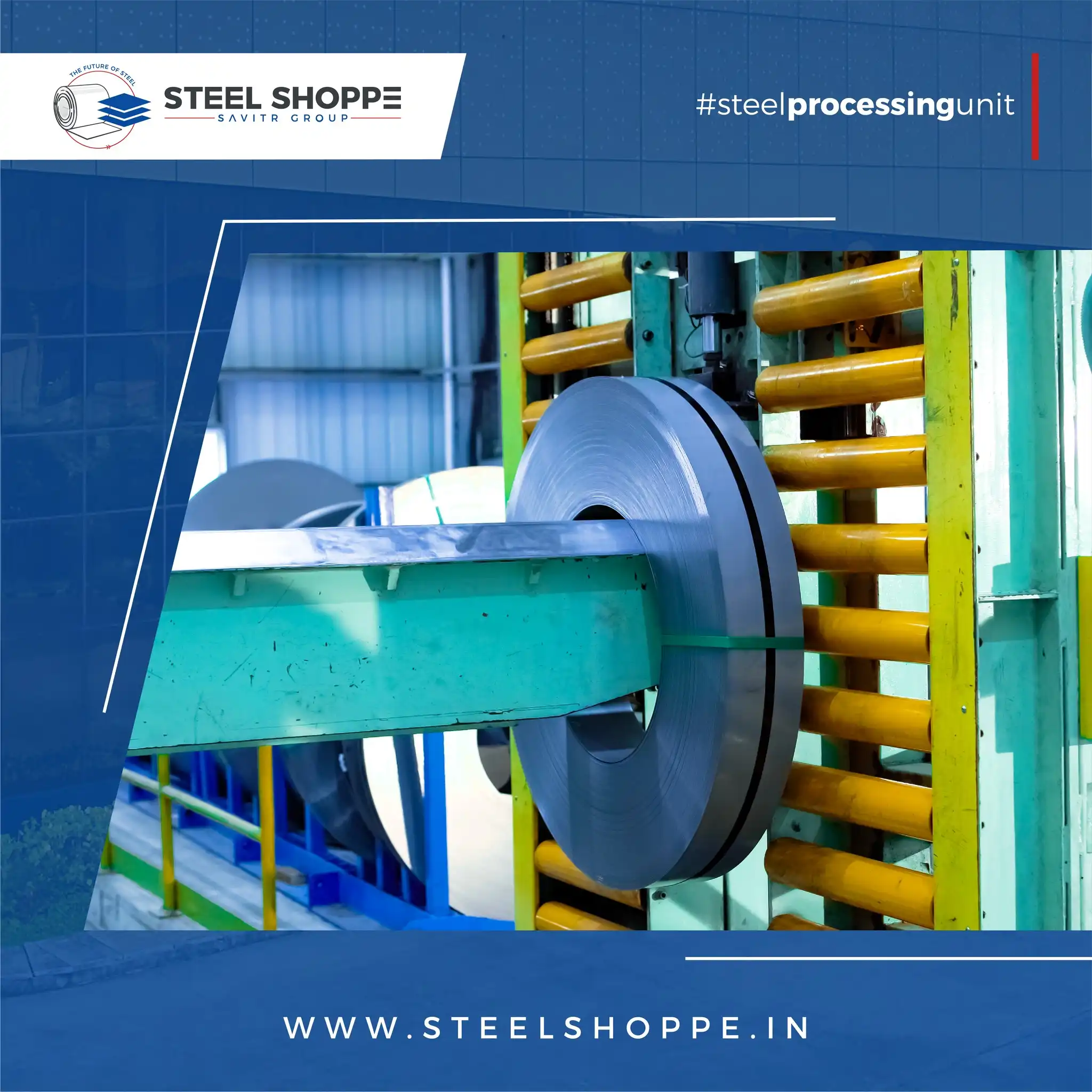How to Choose the Right Equipment for Efficient Coil Handling
Dealing with heavy steel coils presents challenges. Mishandling leads to damaged material, costly downtime, and severe safety risks for your crew. Are you equipped to handle coils safely and efficiently? Choosing the right equipment is paramount to transforming these potential problems into streamlined, safe operations.
Selecting the appropriate equipment for efficient coil handling involves assessing coil weight, size, and type, alongside factory layout, workflow, budget, and safety requirements. Key equipment includes forklifts, cranes, gantries, coil lifters, tongs, and specialized storage racks, each offering distinct advantages for moving, storing, and feeding coils safely and productively.
Choosing the correct tools for the job isn’t just about moving material; it’s a strategic decision that impacts safety, productivity, and your bottom line. Let’s delve into the specific considerations and equipment types that can optimize your coil handling processes.
Prioritizing Safety in Coil Handling Operations
Handling large, heavy steel coils is inherently risky. Sharp edges, immense weight, and awkward shapes pose significant hazards in any manufacturing or processing facility. Addressing safety isn’t optional; it’s the foundation of efficient operations. Ignoring safety protocols and using inadequate equipment can lead to devastating accidents, injuries, and substantial financial losses.
Workplace safety in steel coil handling demands a multi-faceted approach, starting with comprehensive training and the mandatory use of appropriate Personal Protective Equipment (PPE) like gloves, safety glasses, and steel-toed boots. Implementing noise control measures protects hearing, while strict adherence to proper lifting techniques, often utilizing mechanical aids such as cranes, forklifts, and specialized coil lifters, minimizes strain and risk of injury. Regularly inspecting and maintaining all handling equipment is crucial to prevent mechanical failures, ensuring safe and reliable operation and reinforcing a culture of safety.

Essential Safety Protocols and Equipment Selection
Safety considerations directly influence the type of equipment you need and how it’s used. Choosing equipment must be guided by the principle of minimizing human exposure to hazards and ensuring that loads are handled securely and predictably.
Personal Protective Equipment (PPE)
Every worker involved in or around coil handling must wear appropriate PPE. This includes heavy-duty gloves to protect from sharp edges, safety glasses or face shields, steel-toed boots to guard against falling objects, and durable clothing. Noise protection, such as earplugs or earmuffs, is essential due to the operational noise of heavy machinery.
Training and Procedures
Beyond PPE, thorough training is non-negotiable. Personnel must be trained in safe lifting techniques, understanding load capacities, operating specific equipment, and emergency procedures. Regular refresher training combats complacency, especially with repetitive tasks like coil handling. Clear, written procedures for everything from unloading delivery trucks to feeding the production line ensure consistency and adherence to best practices.
Equipment-Specific Safety Features
When selecting equipment like forklifts, cranes, or specialized coil lifters, look for built-in safety features. These might include:
- Load indicators to prevent overloading.
- Anti-sway controls on cranes.
- Audible and visual alarms for movement.
- Ergonomic controls to reduce operator fatigue.
- Fall protection systems for maintenance or inspection at height.
Selecting equipment with appropriate load capacity ratings is critical. Using equipment rated at or above the maximum expected coil weight is imperative; using underrated equipment is a severe hazard.
Consider the potential failure modes of equipment and ensure safety measures are in place to mitigate risks. For example, regularly inspect lifting hooks and straps for wear and tear. Implement a preventative maintenance schedule for all handling equipment to identify and address potential issues before they lead to accidents or breakdowns.
| Safety Consideration | Equipment Requirement | Procedure/Training Aspect |
|---|---|---|
| Heavy Load Weight | Equipment rated > max coil weight; Load monitoring | Proper lifting technique training; Load calculation verification |
| Sharp Edges/Pinch Points | Protective coverings/designs on equipment; PPE | Wearing appropriate gloves and clothing; Hazard zone awareness |
| Falling Objects | Stable storage racks; Secure lifting attachments; PPE | Training on secure storage; Awareness of overhead loads |
| Uneven/Unstable Surfaces | Equipment stability features; Floor load capacity checks | Pre-operation checks; Defined safe pathways |
| Restricted Visibility | Cameras/sensors on large equipment; Spotters | Clear communication protocols; Designated roles |
Ensuring a safe working environment not only protects your most valuable asset—your people—but also prevents costly damage to materials and machinery, contributing significantly to overall efficiency.
Strategic Steel Coil Storage Solutions
Once steel coils arrive at your facility, efficient storage is the next critical step. Storage decisions directly impact safety, accessibility, and space utilization. Improper storage can lead to damaged coils, difficulty accessing material, and hazardous conditions. The choice between storing coils "eye to the sky" (on their side) or "eye to the side" (upright) significantly influences the required handling equipment and the overall layout of your storage area.
Effective steel coil storage is fundamental to efficient material flow and safety. Coils must be stored on stable, level surfaces using racks or supports designed to handle their substantial weight and dimensions, preventing dangerous rolling or falling. Two primary methods exist: "eye to the sky" storage, where coils rest on their sides, is space-efficient and protects painted surfaces, often used for finished stock. "Eye to the side" storage, where coils stand upright, facilitates easier access for feeding decoilers, especially for work-in-progress coils, and often utilizes specialized coil racks or pallets. Clear labeling and designated pathways are essential regardless of the method.

Choosing the Right Storage Method and Equipment
The optimal storage strategy depends on several factors, including the type of coils (finished vs. WIP), available space, frequency of access, and the equipment used for subsequent processing (e.g., decoiling).
-
"Eye to the Sky" Storage:
- Coils are placed on their side, typically on pallets or dunnage.
- Pros: Maximizes floor space utilization (more tons per square foot), protects finished surfaces, relatively simple stacking.
- Cons: Requires equipment like coil tippers or specialized forklifts to transition to "eye to the side" for processing. Accessing lower coils in a stack can be challenging.
- Equipment: Standard forklifts (with adequate capacity and possibly wide forks), coil tippers, heavy-duty pallets/dunnage.
-
"Eye to the Side" Storage:
- Coils are stored upright, often in specialized vertical racks.
- Pros: Easier access for feeding decoilers (mandrel slides into the eye), minimizes handling steps if used for WIP directly fed to the line.
- Cons: Requires more floor space per ton compared to stacking eye-to-sky. Needs equipment designed for upright handling, like forklifts with coil rams or specialized coil lifters/tongs used with cranes or gantries.
- Equipment: Vertical coil racks, forklifts with coil rams, overhead cranes/gantries with coil tongs or grabs, coil pallets.
-
Specialized Racking and Pallets:
- Bulk Coil Racks: Can be standalone for vertical storage or integrated into gantry systems. Must hold coils securely with ample side clearance for loading/unloading.
- Coil Pallets: Useful for mobile storage, allowing coils to be moved easily by forklift. Suitable for compact spaces or linking storage to processing.
- Heavy-Duty Racks: Racks must be engineered to support the immense weight of steel coils safely. This is crucial for preventing collapse and ensuring stability.
The layout of storage areas should optimize workflow, minimizing the distance coils need to travel from storage to the processing line. Clear aisles and pathways are essential for safe movement of equipment and personnel. Consider a layout that allows direct feeding from storage to the decoiler when possible, reducing handling steps.
Implementing an inventory management system helps track coil locations, sizes, and weights, ensuring the right coil is easily found and reducing search time. This contributes to smoother operations and improved efficiency in retrieving material for production.
Advanced Lifting and Transport Equipment
Moving steel coils from storage to the production line or between different stages of processing requires robust and specialized lifting and transport equipment. The choice of equipment significantly impacts the speed, safety, and efficiency of these movements. Standard forklifts may suffice for some tasks, but specialized lifters, cranes, and gantry systems offer enhanced capabilities for handling heavy and awkward coil shapes.
Efficient steel coil transport relies heavily on selecting the right lifting and moving equipment. Common tools include heavy-duty forklifts, overhead cranes, gantry systems, and specialized attachments like coil lifters, tongs, and grabs. These pieces of equipment must be appropriately rated for the coil weights and dimensions being handled. Regular inspection and maintenance are non-negotiable to ensure safe operation and minimize downtime. Implementing clear procedures for loading, unloading, and securing coils during transit is paramount for workplace safety and preventing damage to the material or equipment.
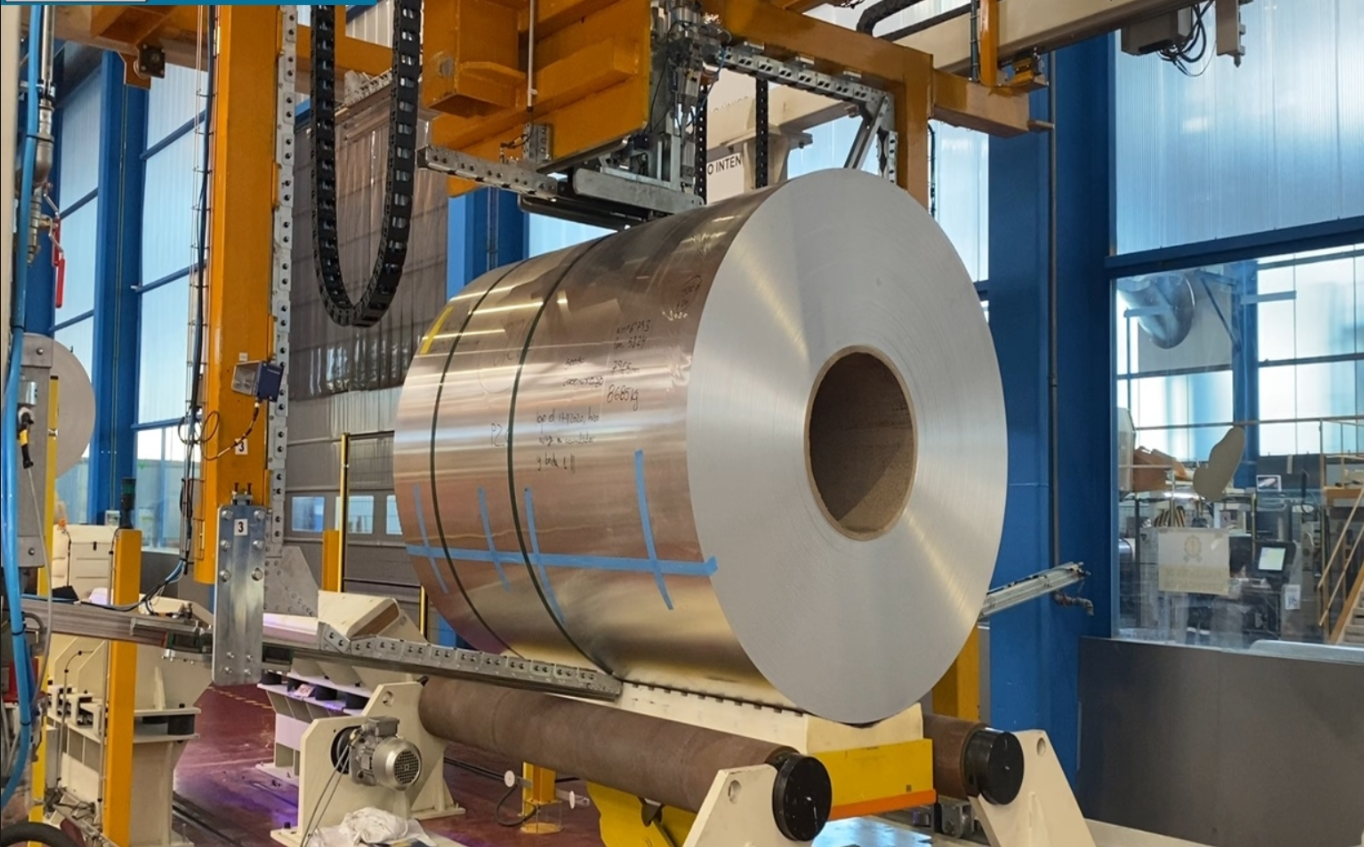
Equipment Types and Their Applications
Different equipment types are suited for different tasks and environments. Understanding the strengths of each helps in building an efficient handling system.
Forklifts
Forklifts are versatile and widely used. For coil handling, they must have adequate lifting capacity and often require specialized attachments like coil rams (for "eye to the side" lifting) or wider forks (for lifting coils on pallets "eye to the sky"). Multi-directional forklifts, like those mentioned in the source material, offer significant advantages in confined spaces, able to move long loads sideways, which is beneficial for both coils and finished roll-formed products.
Overhead Cranes and Gantries
Overhead cranes and gantry systems are excellent for lifting and moving coils within a fixed area or along a defined track. They free up floor space and can handle very heavy loads.
- Fixed Gantries: Stable, non-movable structures ideal for placing directly over decoilers. Coils can be loaded vertically underneath, de-strapped, and are ready for feeding, minimizing changeover time.
- Traveling Gantries: Mobile structures running on tracks, offering greater flexibility across a larger area. Can load coils directly from supplier trucks into racks or move them between storage and machines. They can reduce reliance on forklifts for certain movements.
Specialized Lifting Attachments
These attachments are designed specifically for securing and lifting coils safely.
- Coil Lifters: Devices that secure the coil from the inside or outside, designed for specific coil dimensions and weights.
- Coil Tongs and Grabs: Mechanical devices that grip the coil securely, often used with cranes or gantries. They can be designed for specific coil types (steel, wire, etc.) and handling requirements (e.g., handling soft products).
Automating Coil Handling
Automated systems, while a significant investment, offer benefits like increased speed, reduced labor, minimal coil damage (due to precise, repeatable movements), and higher throughput. Automated guided vehicles (AGVs) or robotic systems can transport coils, and automated cranes can pick and place coils in storage or onto production lines. However, they require careful planning, integration, and ongoing maintenance.
Consider the flow of material through your facility. The choice of equipment should facilitate this flow with minimal interruptions. For instance, if coils arrive via truck and are stored before going to a processing line, a system that allows direct unloading into storage compatible with the line’s feeding mechanism (e.g., traveling gantry loading into vertical racks feeding a decoiler) can drastically improve efficiency.
| Equipment Type | Primary Application | Advantages | Considerations |
|---|---|---|---|
| Forklift (Standard) | General transport, Pallet handling | Versatile, common, relatively low initial cost | Limited reach/height, floor space needed, capacity limits |
| Forklift (Specialized) | Coil ram use, Multi-directional movement | Handles specific coil orientations, space-saving | Higher cost, operator training required |
| Overhead Crane/Gantry | Lifting within fixed area/path | High capacity, floor space free, precise positioning | Fixed path, initial investment, facility structure |
| Coil Lifters/Tongs/Grabs | Secure coil attachment for lifting | Designed for specific coil shapes, secure hold | Requires crane/forklift, coil dimensions compatibility |
| Automated Systems | High volume, repetitive tasks | Speed, precision, labor reduction | High initial cost, complexity, maintenance needs |
Investing in the right lifting and transport equipment is crucial for ensuring both the safety of your workforce and the efficiency of your operations, minimizing costly damage and downtime.
Ensuring Equipment Longevity and Performance
Choosing the right equipment is only the first step; maintaining it is just as critical for long-term efficiency and safety. Neglecting maintenance can lead to unexpected breakdowns, costly repairs, reduced lifespan of the equipment, and, most importantly, increased safety risks. A proactive approach to maintenance ensures that your coil handling equipment operates reliably and at peak performance.
To ensure efficient coil handling equipment longevity and performance, establishing a rigorous preventative maintenance schedule is essential. This involves regular inspections, lubrication, adjustment, and timely replacement of worn parts according to manufacturer recommendations. Promptly addressing minor issues prevents them from escalating into major failures, minimizing unexpected downtime and ensuring equipment is always safe and ready for use. Proper maintenance not only extends the lifespan of valuable assets but also guarantees consistent operational efficiency and reduces long-term costs.
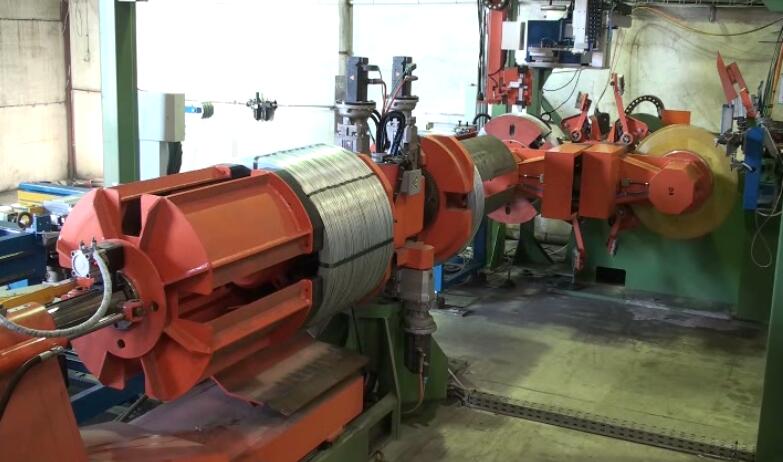
Maintaining steel coil handling equipment goes beyond fixing things when they break. It’s a strategic part of operational management.
Selecting the right equipment for efficient coil handling involves carefully considering factors like coil size, weight, and type, alongside the facility layout, material flow requirements, and budget. Key equipment options range from heavy-duty forklifts with specialized attachments to overhead cranes, gantry systems, and automated solutions. Each piece of equipment offers unique advantages for tasks such as lifting, transporting, and storing coils, requiring a thorough assessment of specific operational needs to ensure safety, productivity, and cost-effectiveness. A comprehensive maintenance program should include:
- Routine Inspections: Daily or weekly checks by operators for visible damage, leaks, or unusual noises.
- Scheduled Preventative Maintenance: Following manufacturer guidelines for lubrication, filter changes, fluid checks, and inspections by qualified technicians at set intervals (e.g., monthly, quarterly, annually).
- Load Capacity Testing: Periodically verifying the load capacity of lifting equipment to ensure it meets safety standards.
- Operator Feedback: Encouraging operators to report any issues, no matter how minor, as they are often the first to notice changes in equipment performance.
- Parts Inventory: Keeping a stock of common wear parts to facilitate quick repairs and minimize downtime.
Regular maintenance is not just about avoiding breakdowns; it also ensures the equipment operates at its designed efficiency. For example, well-maintained forklifts consume less fuel, and properly adjusted cranes move loads smoothly and precisely.
Furthermore, the reliability of your suppliers plays a role in maintaining efficiency. Having strong relationships with equipment suppliers and maintenance providers ensures timely access to parts, service, and technical support, which is crucial in resolving issues quickly.
Investing in operator training that includes basic equipment checks and reporting procedures empowers your team to participate in the maintenance process. They are on the front lines and can identify potential problems early, preventing them from escalating. Ultimately, a well-maintained fleet of coil handling equipment is a cornerstone of a safe, efficient, and productive operation.
Conclusion
Choosing the right equipment for efficient coil handling is a multifaceted decision impacting safety, productivity, and cost. From selecting appropriate lifting gear like cranes and specialized lifters to implementing strategic storage solutions and robust maintenance programs, every choice contributes to operational success. Prioritizing safety protocols and providing thorough training for personnel are non-negotiable steps. By carefully assessing your specific needs, investing in quality equipment, and committing to regular maintenance, you can create a streamlined and safe environment for handling steel coils, ultimately boosting your facility’s overall efficiency and profitability. Ensure your processes, like those for coil packing line, are integrated with reliable handling methods.

